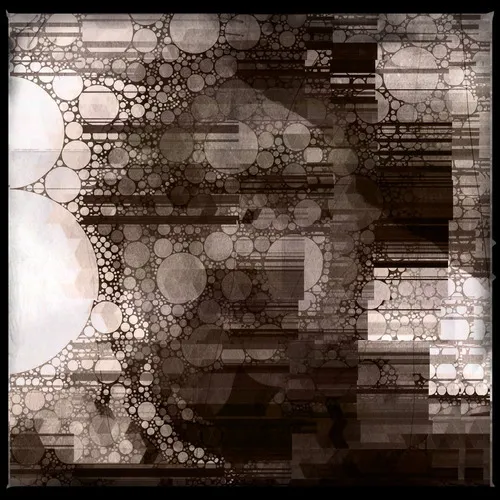On a peaceful evening, one spring day over 300 years ago.
kane kiete hana no ka wa tsuku yūbe kana
the blossoms' fragrance echos the sound
this evening
—Bashō


The temple bell of Japan makes a deep gong sound that echos on long after it's made. Back in the day this sound could travel miles. It still can travel quite a ways. Imagine if you will a quiet evening of flower watching. Suddenly the temple bell rings out. It reverberates and echos and then eventually fades, like the sound of a singing meditation bowl, or like the sound of an AUM, ॐ, the sacred syllable of many eastern religions, which starts strong but fades with the breath down to nothing when chanted.
When the sound like that ends and the surrounding returns to silence, the sound usually echos on in our mind for some time yet. When it then finally also fades from our mind, the silence rushes in and seems louder than before, as we are hyperaware of everything: the rustle of the tree branches in the wind, some birds flying by, a dog barking, hushed conversation a ways off. That hyperawareness extends to our other senses as well, including smell: we smell much more keenly than moments before.
I think that's what old Bashō was trying to capture here. It's an experience all of us have had at some point and know, but one that is nearly impossible to capture in words and explained. Experience is often impossible to explain and any words we do put to it are a poor substitute for the real thing and don't give even a fraction of the experience.
The tao that can be spoken of is not the eternal Tao, as another classic text puts this idea.
Poetry may be the best way to do it: hinting at the experience itself instead of trying to describe it, reminding us of our memory of having had a similar experience. Memory also is a poor substitute for the real thing, but it is better than words at least, as we can usually remember (or imagine) enough of it to reëxperience it in our heads. This is the power of poetry.
The kigo (season word) here is hana no ka, "blossom's fragrance". In haiku parlance, blossom is always a shortcut for "cherry blossom". It is a kigo for late spring. According to the traditional Japanese way of tracking the seasons we are only in mid Spring right now, but these days the blossoms bloom a bit earlier than they used to, probably due to climate change, so the kigo fits with this time right now.
Most types of cherry blossoms don't have much of a fragrance. It is there but not strong enough to notice unless your sinuses are clear and you get close and really focus. However, this also lends itself to what Bashō was suggesting in his haiku.
❦
 |
David LaSpina is an American photographer and translator lost in Japan, trying to capture the beauty of this country one photo at a time and searching for the perfect haiku. |
That is, me! If you like this translation, feel free to use it. Just credit me. Also link here if you can. ↩
